Free Advice for Will Wilkinson and Arnold Kling
Guys, you’re both right–Will is right that Arnold’s definition of freedom leads you into contradictions, and Arnold is right that Will’s definition leads you into contradictions.
Try defining freedom as a situation in which everyone’s property rights are respected. Discuss.
A Review of Jon Scieszka’s Smash! Crash!
In an outcome that was unexpected though not altogether surprising, I have read Jon Scieszka’s Smash! Crash! for (if I’m not mistaken) at least the last four nights, generally in the 7:45pm – 8:15pm window. Each session consisted of an honest cover-to-cover reading; in fact, at times I felt almost compelled to turn to a previous page and begin resuming my reading from that prior point. Given my unusual week, I thought I would share my thoughts on Smash! Crash! as I have explored them. –RPM
Jon Scieszka’s Smash! Crash!
(New York: Scholastic, Inc., 2008, 36+ii pages, illustrations)
A Book Review By Robert P. Murphy
Scieszka’s latest [.jpg] has become something of a household name. And unlike other books achieving notoriety despite a weak plot line and poor character development, Smash! Crash! has got the goods.
The book follows two aimless young vehicles, Jack Truck and Dump Truck Dan (best friends, Jack and Dan), as they stalk from one awkward and irrational social scene to the next. Some readers may choose to interpret Scieszka as mirroring Kubrick in this respect; the young trucks seek out their “ultraviolence” in a way, though if one hopes that Scieszka’s subtle clues give a straightforward confirmation or denial–well, one would hope in vain.
For my part, I reject the Clockwork Orange interpretation. Though the actions of the anti-heroes in both works are utterly incomprehensible, and though the anti-heroes’ extremely anti-social behaviors are starkly present in both works, even so, there are tremendous differences.
For one trivial observation: Nobody dies in Smash! Crash!
A second, and perhaps more poignant observation, is that the redemption in Scieszka’s tale is legitimate. It’s true, Jack Truck and Dump Truck Dan never express remorse for their transgressions. The worst victim of their crimes, Cement Mixer Melvin, was simply covered from bumper to bumper in the sand/water mixture. (!) Yet despite this outrage, Scieszka depicts not even a moment’s regret from our trucks.
But is that the end of the story? No, it’s not. At the end of the story, we see Jack and Dan’s aggression harnessed into socially useful behavior–they assist Wrecking Crane Rosie (who is huge and who is strong and who booms, “Follow Me”) as she must smash and crash an abandoned building.
Let us be clear: Jack Truck and Dump Truck Dan are not “repaying their debt” to society, for they owe society nothing. As Jack explains in the book’s final words:
SMASH! CRASH!
The use of violence and psychological warfare cannot contain the insanely criminal. We know this; Kubrick taught it to us. Yet the liberal who was relieved by this demonstration, also realized–deep down–that she had no solution for people such as Alex DeLarge.
Has Scieszka found the humane yet realistic answer? Do we just need to find the right jobs for these people?
Robert P. Murphy holds a Ph.D. in economics from New York University. He is the author of The Politically Incorrect Guide to the Great Depression and the New Deal (Regnery, 2009), and is the editor of the blog Free Advice.
Rothbard Anagram Time!
Jesse Johnson emails me the following puzzles:
* Which Rothbard book title can be rearranged as, “Hot Celebrity Fetish”?
* Which Rothbard book title can be rearranged as, “Bitchiest Elf Theory”?
The first to answer correctly will receive satisfaction.
Clash of the Think Tank Titans
The National Association of Manufacturers puts out an estimate of the economic impacts of Waxman-Markey (cap & trade)… The “Wonk Room” at ThinkProgress (Yglesias’ stomping ground) puts a rosy spin on it… The wonks at IER put a dandelion spin on it… Excerpt from the IER rebuttal:
Because of this natural trend for secular growth, it would be quite shocking if U.S. GDP actually fell from the year 2009 through 2030. Maybe a return of the bubonic plague, or an attack on California’s fault line by Lex Luthor, could yield such utter devastation as to keep total output stagnant over such a long period. To give some historical context, recall that the great stock market crash occurred in 1929, after which followed a decade of Depression. Yet real GDP in 1950 was more than double what it had been twenty-one years earlier, in 1929. So the fact that real GDP will continue to grow despite the imposition of Waxman-Markey is hardly reassuring; such logic would have “proved” the harmlessness of the Great Depression.
Strong Demand for Treasurys? Or Is This Another Lesson in Fungibility?
CNBC announces the strong demand in the 30-year Treasury auction today. I bet I can guess what Chris Martenson’s going to be working on next week…
Dear Prudence
Buckling to pressure from a certain critic–who was concerned more for more consistency rather than blogosphere modesty, I believe–I believe I have filtered out the absurd Evony ads. It actually is a lot easier to filter Google ads than I thought.
What clinched it for me was the realization that if I’m going to write a high school course, I don’t want some kid to be looking at my blog when his mom walks in and sees racy Google Ad photos.
So now that I am going down the censorious route, I will zap other ads that do not align with my ministry.
(Note that it may take up to 48 hours for a filter to kick in, so you may have to shield your undefiled eyes for a bit longer when you visit Free Advice.)
Oh Wait, Maybe the Recession Isn’t Over After All
CNBC reports with apparent surprise:
Sales at U.S. retailers unexpectedly fell in July and the number of workers filing new claims for jobless benefits rose last week, indicating the recession-hit economy faced a bumpy recovery.
A Commerce Department report Thursday showed total retail sales edged down 0.1 percent after increasing 0.8 percent in June, compared with market forecasts for a 0.7 percent gain.
Analysts had expected a boost in retail sales from the government’s “cash for clunkers” program, which gives consumers cash to swap aging gas-guzzlers for new, more fuel efficient models.
A separate report from the Labor Department showed first-time applications for state unemployment insurance benefits climbed 4,000 to a seasonally adjusted 558,000 last week.
“Retail sales were unexpectedly weaker than expected, suggesting that the money spent on the ‘Cash for Clunkers’ plan wasn’t spent on other things,” said Peter Boockvar, equity strategist at Miller Tabak & Co in New York.
…
There was more bad news on the home foreclosures front, where RealtyTrac reported that U.S. home loans failed at a record pace in July despite ongoing federal and state programs to avoid foreclosures.Foreclosure activity jumped 7 percent in July from June and 32 percent from a year earlier as one in every 355 households with a loan got a foreclosure filing, RealtyTrac said.
…
Consumer spending fell at a 1.2 percent annual rate in the second quarter after edging up 0.6 percent in the January-March period. Despite signs the worst recession in over 60 years was winding down, companies have been reluctant to hire, though the pace of layoffs has slowed down markedly.
I think we just need to give it another month, and then Obama and Krugman will go back to explaining that the stimulus money hasn’t hit yet (and was too small anyway) to get us out of the recession.
What Letter Will the Recovery Look Like? U-Shaped?
Someone please make it stop. People have been arguing for months over a V-shaped versus a U-shaped recovery–as if there were some scientific propositions behind each theory. And now, CNBC runs an article talking about a W-shaped recovery and a triple-U-shaped recovery.
My guess? A lowercase z–in cursive.

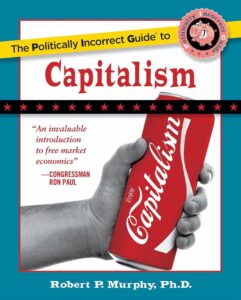
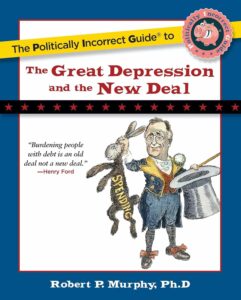
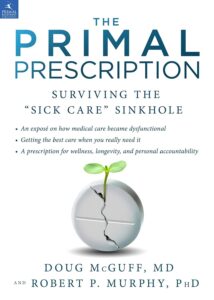

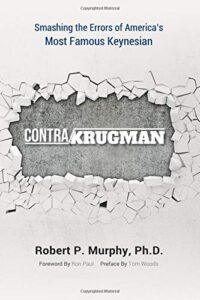
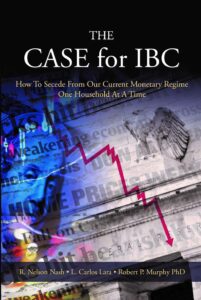
Recent Comments